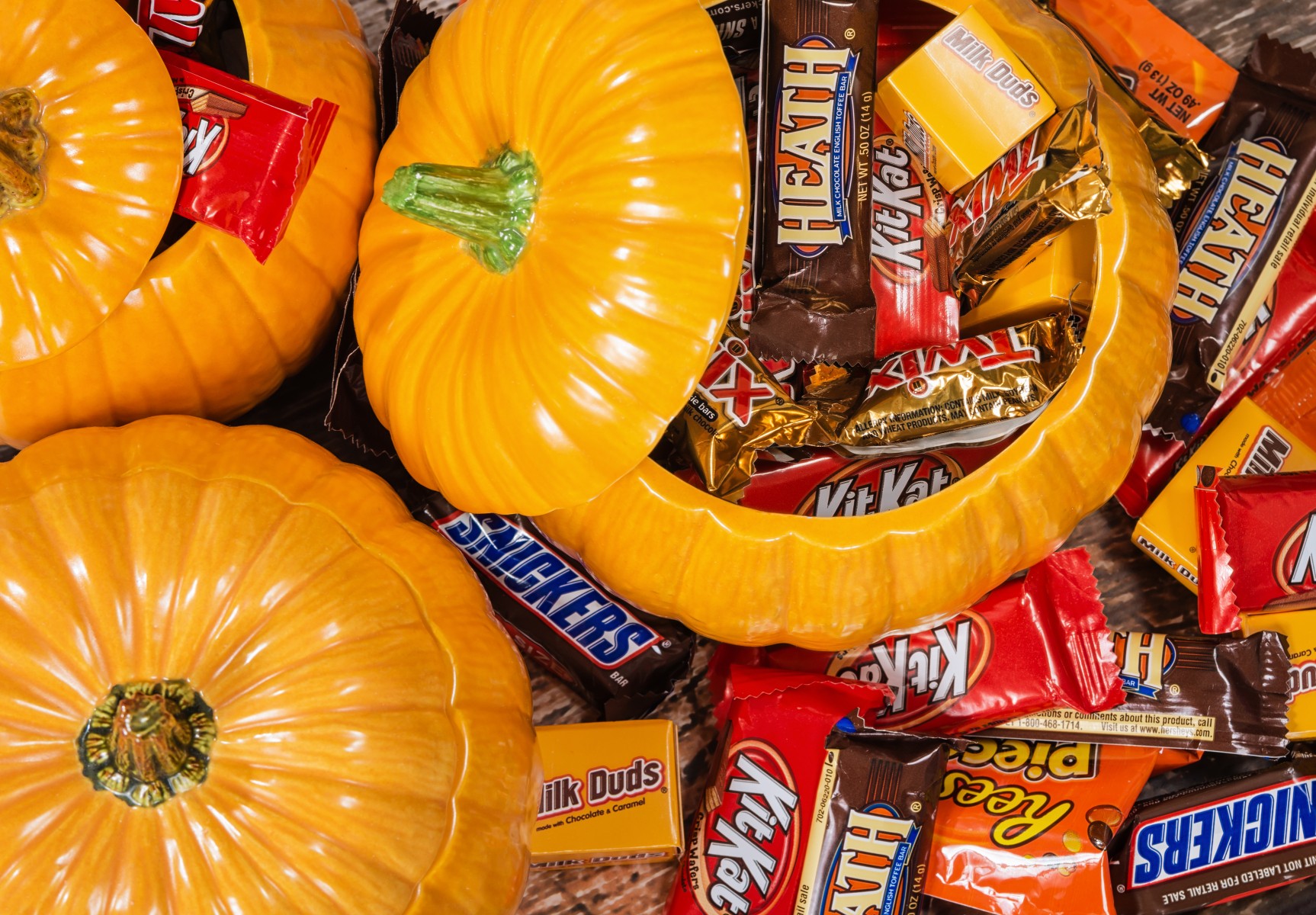A
A
A
The idea behind trick-or-treating on Halloween is that those going from home to home will perform “tricks” on those who refuse to give them candy. In 2022, avoiding those “tricks” has gotten 13.1% more expensive as compared to the price that it took to stock up on candy a year ago.
This increase in the price of candy from one Halloween to the next is the largest in recorded history. In comparison, it had taken nine years, from 1997 to 2006, for candy prices to increase by 13%.
Read More »
As a result, trick-or-treaters may receive smaller chocolate bars and other types of sugary treats, and the number of people who have been gracious enough to be giving out full-size candy bars will likely decrease in number.
Factors
The primary factors that have caused this significant increase in candy prices have been increasing costs of sugar and cocoa, a pair of essential ingredients in most types of Halloween candy. For example, Ghana increasing cocoa prices 21% has increased candy prices.
Other influences have included disruptions in the supply chain, factors related to droughts and the Russia-Ukraine conflict and Indonesia temporarily halting palm oil exports.
Also of note is that even though reducing the sizes of the food being sold is one economic strategy that could be utilized to save costs for a company, a considerable part of the cost of any food product is its packaging, and that is not going to be significantly decreased with smaller product sizes. As a result, price increases have become much more likely than product-size decreases.
As for another strategy that is sometimes taken advantage of during these types of situations, changing ingredients in a product is tricky because many popular candies have specific recipes. Altering the taste that consumers are used to has significant backlash potential and often costs companies more money than they would otherwise lose while adjusting to this type of situation.
Examples
One specific example of higher candy costs as compared to a year ago is Walmart currently selling a pack of 160 small-sized pieces of Halloween candy, which features Twix, Snickers, Skittles, M&M’s and Starburst, for $16.98. The cost for that same product a year ago was $14.74.
Even the price of pumpkins has gone up significantly, most likely resulting in a decrease in decorative pumpkins at visited homes. In 2021, an average one cost $4.92. Now, that price is $5.68.
Interest Still High
However, none of these price increases have impacted the percentage of people planning to take part in Halloween-related activities as 69% of consumers are looking to do so, an increase on the corresponding percentage of 65 a year ago. Overall spending is also expected to increase, from $10.1 billion a year ago to $10.6 billion in 2021.
But, with that said, an average consumer is expected to spend less on Halloween in 2022 when taking into account all Halloween-related expenses: $100 as compared to $103 a year ago. However, the expectation is that the percentage of that amount that is being spent on candy will increase and what is being spent on other types of Halloween-related items such as greeting cards will decrease.
Another possibility is that consumers may buy more candy and then save any left over for personal consumption in the days following Halloween. That is because companies are still providing notable price decreases per piece when more bulk product is being purchased by consumers.






